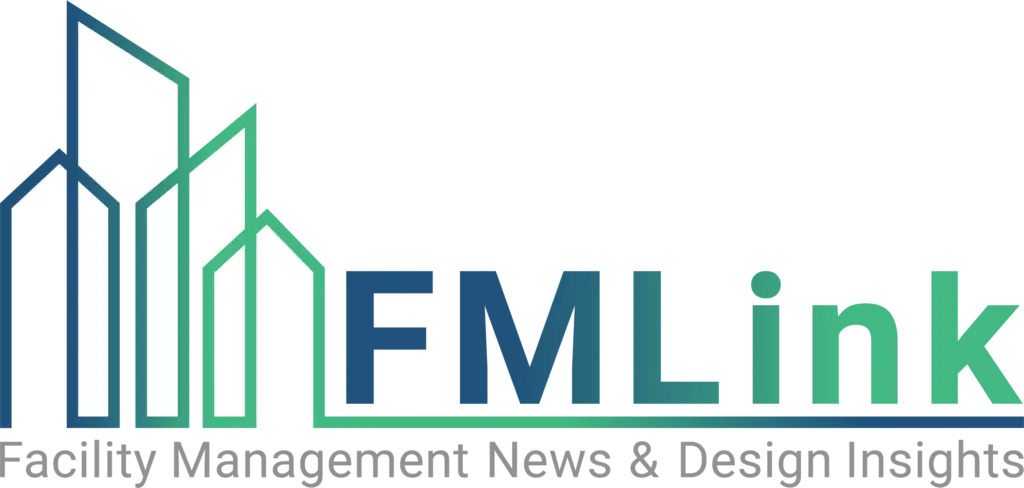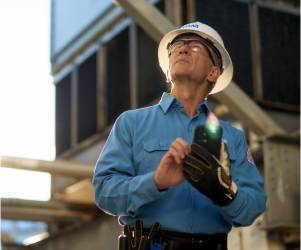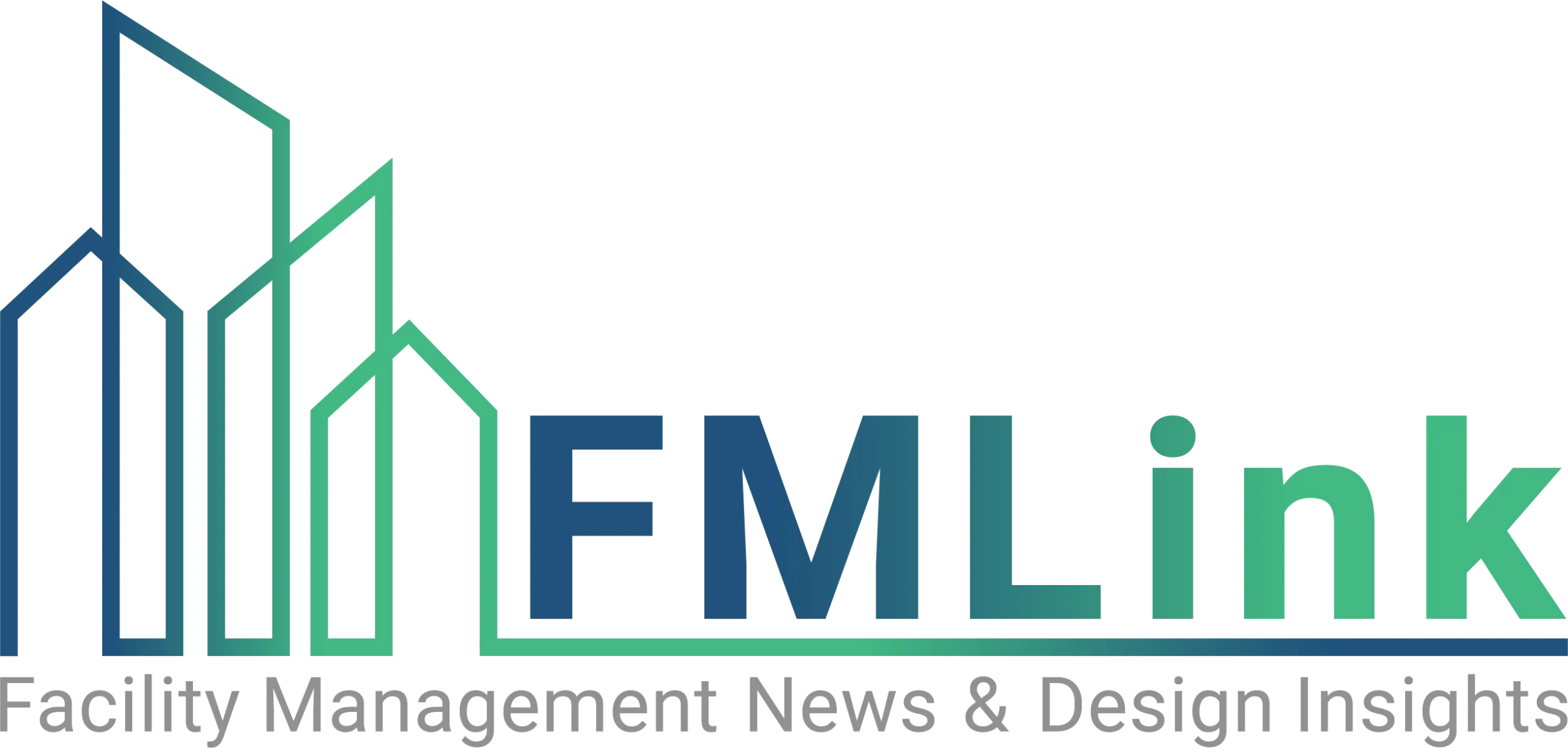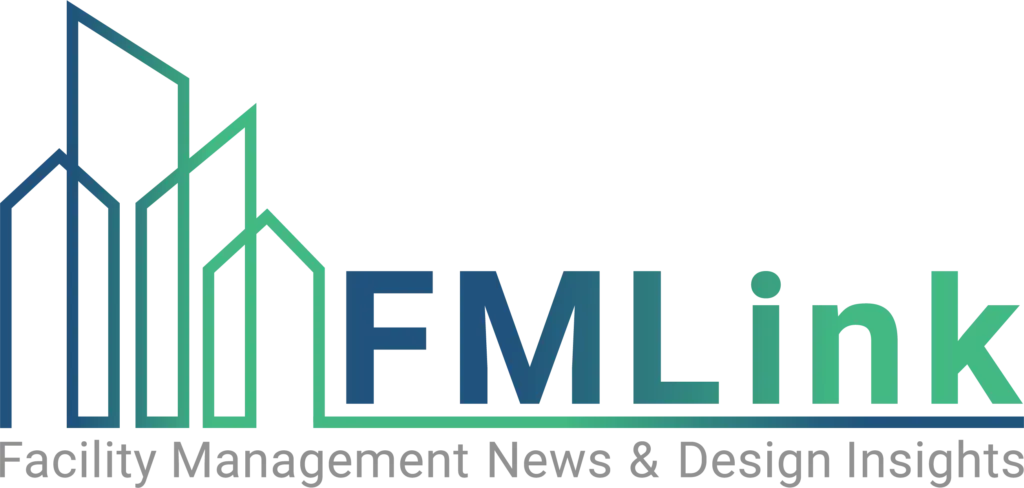September 25, 2017 — With double-digit revenues predicted in the next four years, the smart windows market is booming, according to a new report from global growth partnership company Frost & Sullivan. Revenue growth is fueled by the demand for increased comfort of occupants and annual building energy cost savings. In a highly competitive and rapidly evolving ecosystem, Internet of Things (IoT) integration, partnerships, and revamped business models will be critical to retain customer bases and market share.

Frost & Sullivan’s analysis, Global Smart Windows Market, Forecast to 2021, finds that the global smart window market generated revenues of $189.3 million in 2016 and is projected to reach $630.5 million by 2021, at a compound annual growth rate (CAGR) of 27.2 percent. The study includes growth forecasts, comprehensive market metrics, competitive analysis, service trends, customer sector trends, and mapping of the most attractive opportunities.
Frost & Sullivan Energy and Environment Industry Analyst Anirudh Bhaskaran stated:
Thermochromic smart windows dominate the market, but electrochromic technology will expand at a CAGR of more than 35 percent over the next five years due to IoT compatibility. In the short term, partnerships with technology giants such as Google, Amazon, and Apple will see smart windows enter the connected home and smart building ecosystem.
Thermochromic smart windows are windows whose solar radiation properties vary with the temperature. Electrochromic technology can electronically control the amount of light and heat that passes through a window, whether from wall switches, remote controls, movement sensors, light sensors or timers.
Facilities managers (FMs) can deduce what the future may hold for smart window technology from Frost & Sullivan’s advice to smart window manufacturers. The firm says that in order to succeed and reap high revenue returns, manufacturers need to:
- Integrate IoT in smart windows to provide better control, manageability, and configuring abilities for end-users;
- Offer disruptive products focused on increasing sales and production to achieve economies of scale and drive down current technology costs;
- Form partnerships with HVAC, lighting control, and glass and material suppliers; and
- Provide track records and case studies on tangible energy and cost savings to win projects.
Bhaskaran noted:
Although the smart windows market is growing at an accelerated pace, it is currently under penetrated due to a lack of awareness among customers as well as witnessing challenges from high capital costs and tough competition from low-E coated windows.
Global Smart Windows Market, Forecast to 2021 is part of Frost & Sullivan’s Homes and Buildings Growth Partnership Service program. The study is segmented according to technologies, including electrochromic, thermochromic, suspended particle display (SPD), and polymer dispersed liquid crystal (PDLC). It is also segmented based on end-users, such as residential, office (includes commercial and industrial offices), hospitality, healthcare, education, and others (retail, government, and airports).




